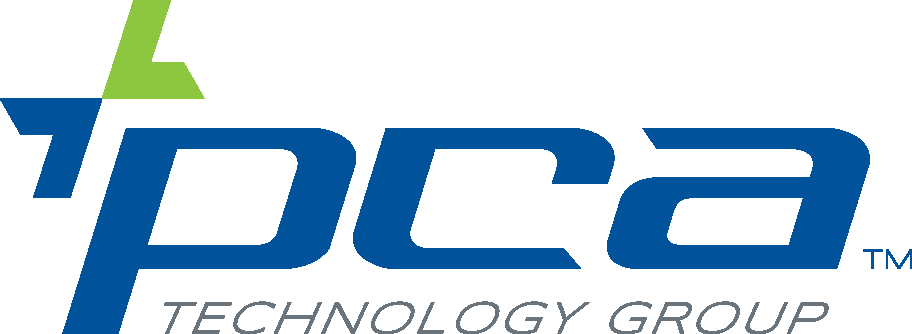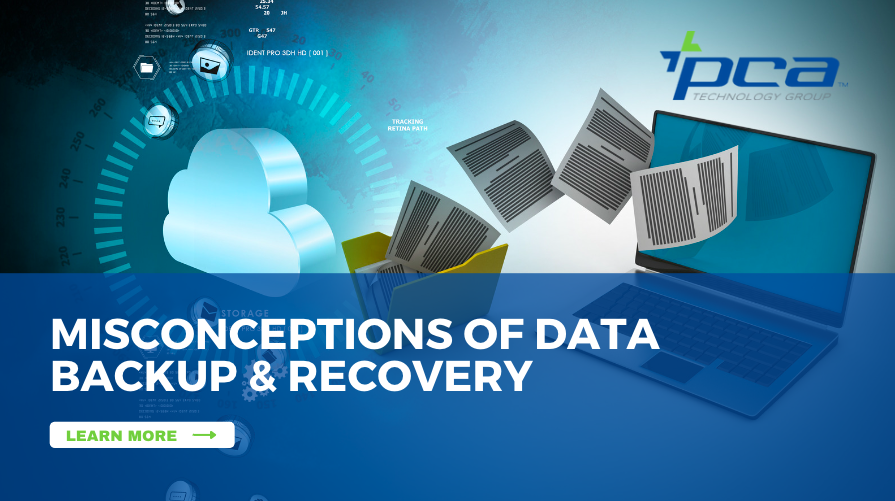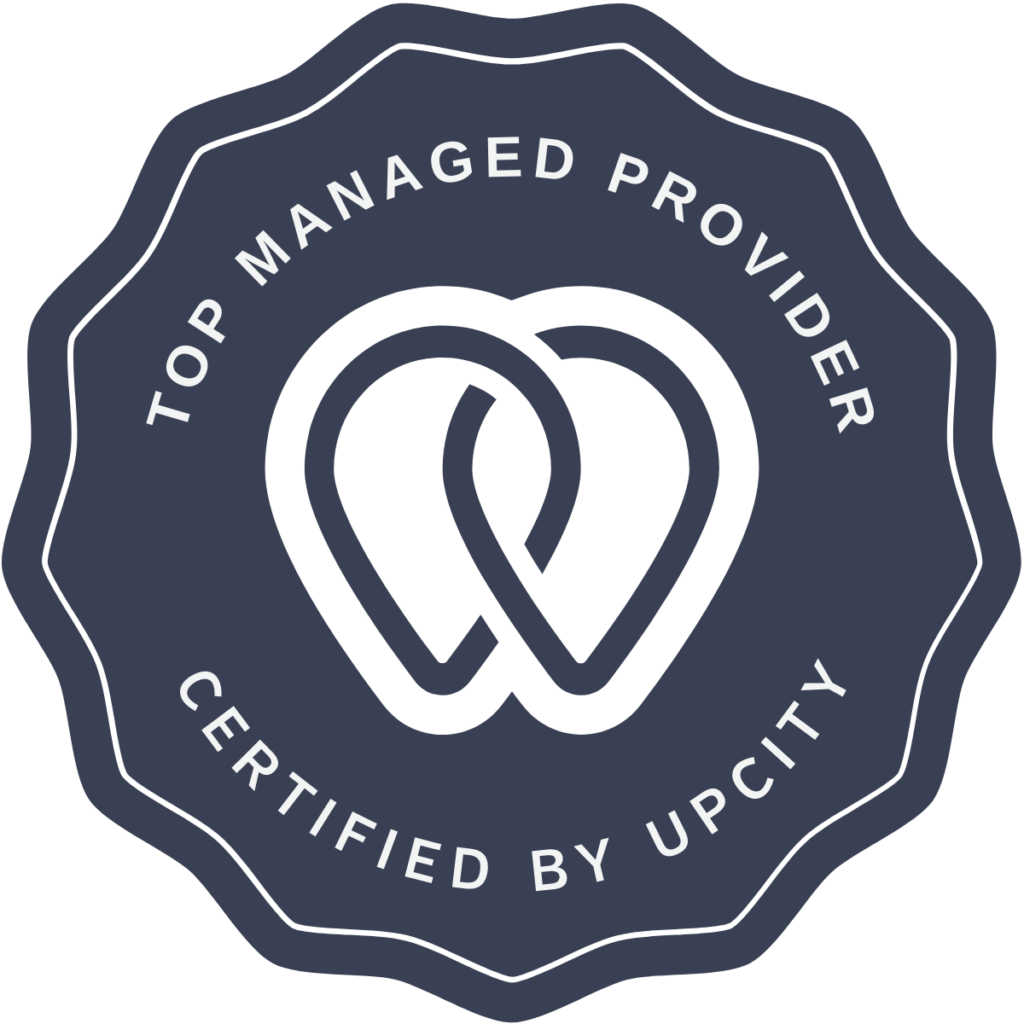As businesses continue to digitally transform, data breaches will inevitably increase and become more sophisticated. We’re already seeing evidence of this. In fact, IBM’s report found that average data breach costs increased from $4.24 million in 2021 to $4.35 million in 2022 — a whopping 2.6% in one year. What’s more, small to medium sized businesses are even more vulnerable to attacks and have a more difficult time recovering from a disaster. Because data is such an integral part of any business, it’s important to ensure it stays protected and can be restored in the event of a cybersecurity breach.
Why is data back-up necessary? Benefits include limited downtime, business continuity, compliance adherence, cost savings, time savings, and more. With a robust back-up strategy in place, you will not only save your company from a detrimental disaster, you will also gain a competitive advantage over other businesses in your industry who may not be as prepared.
As you review your data backup and recovery strategy and perhaps consider Disaster Recovery as a Service (DRaaS), we wanted to cover a few common misconceptions that many clients assume about this important technology solution. Continue reading to learn more and make an informed decision about the best data backup and recovery solutions for your business.
1. One backup copy of your data is all you need.
If you heard that having one backup copy of your data is good enough, think again. With hackers able to breach 93% of business networks, it’s important to protect your data at all costs. To do so, we recommend abiding by the 3-2-1 rule:
- Three Copies: Ensure you have three copies of your data by keeping your primary piece of data along with two backups.
- Two Mediums: We recommend storing two copies of your data on different storage mediums such as internal hard drives, external hard drives, or USB drives.
- One Off-Site Copy: Keep one copy of your data offline and off-site as an additional safeguard. You may consider storing it in the cloud.
2. Data backup and recovery solutions are too costly.
Data breaches can effect any organization. You owe it to yourself, your team, and your business to implement a data backup and recovery strategy best suited for your needs and budget. Considering that data breaches can lead to loss of revenue, loss of clients, reputation damage, operational disruptions, and compromised data, now is the time to implement a robust backup strategy.
3. DRaaS is not as secure as traditional data center backup.
It’s easy to assume that hardwired data backup solutions are more secure than cloud-based ones. The reality is that cloud solutions are becoming more robust, flexible, and secure, especially as our work environments become more remote-based. Plus, they’re even more equipped to detect potential data breaches before they even occur through continuous threat detection and encryption.
4. All data backup and recovery solutions are the same.
This is perhaps the most common misconception about data backup and recovery solutions. Not all solutions are created equally, and what works for one business might not work for yours. It’s important to consider your unique data backup needs before implementing a solution. We recommend considering a variety of needs such as your data, network (size, security, and availability), security, compliance, and vulnerability testing and scanning. This will provide a well-rounded picture of your needs and goals, while allowing you to select the best solution.
Disaster Recovery With PCA
Security strategies like data backup and recovery can be challenging to navigate. That’s why PCA Technology Group is here for you every step of the way. With robust disaster recovery and business continuity solutions, along with a host of other cybersecurity benefits and resources, we are confident that our Managed Services will bring value to your organization. If you work with us and after 90 days you’re not satisfied, we’ll refund your money — simple as that. Request a free consultation to discuss your data backup and recovery strategy today. We look forward to hearing from you!


